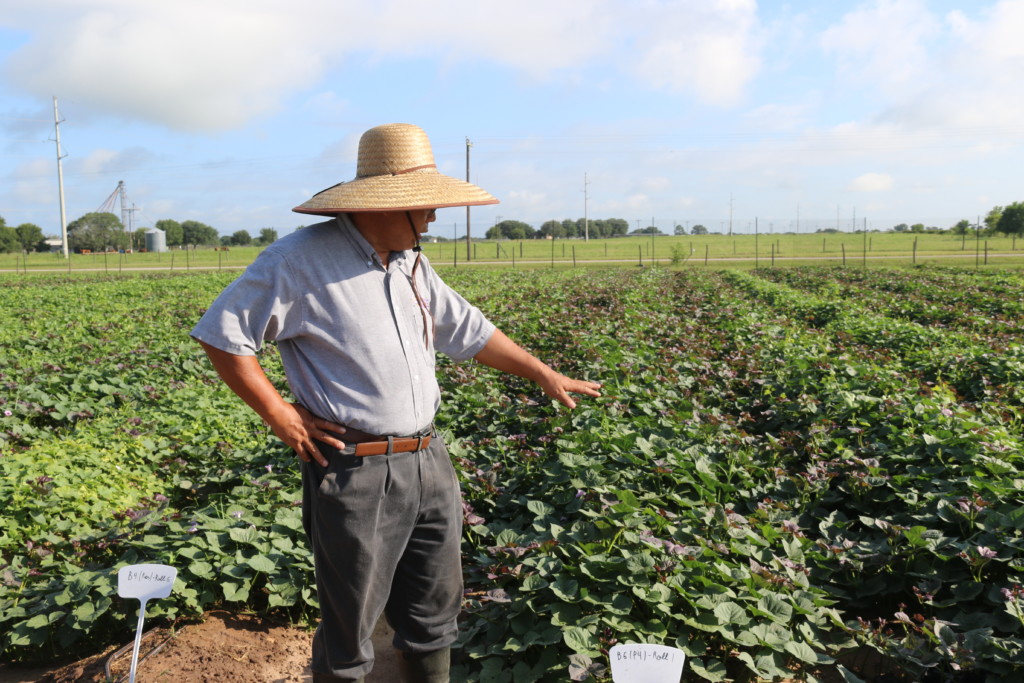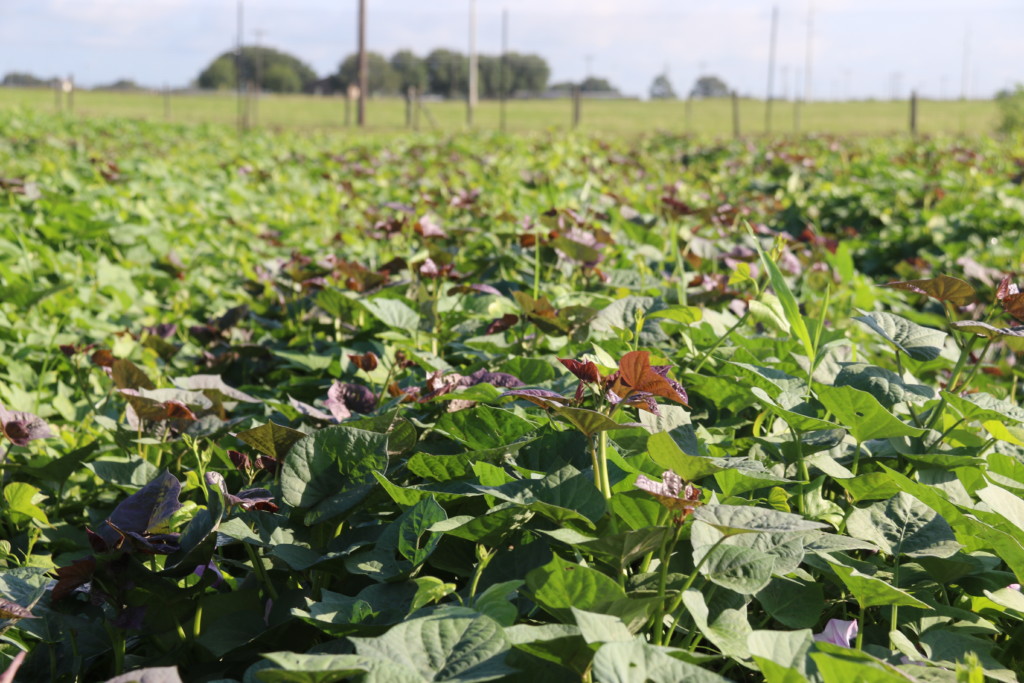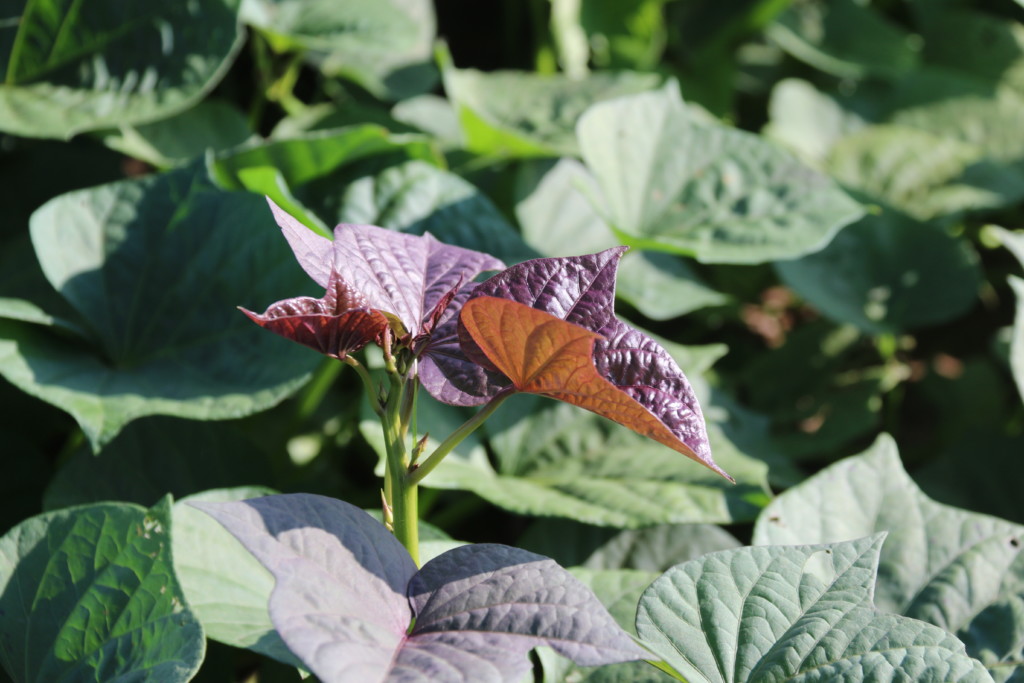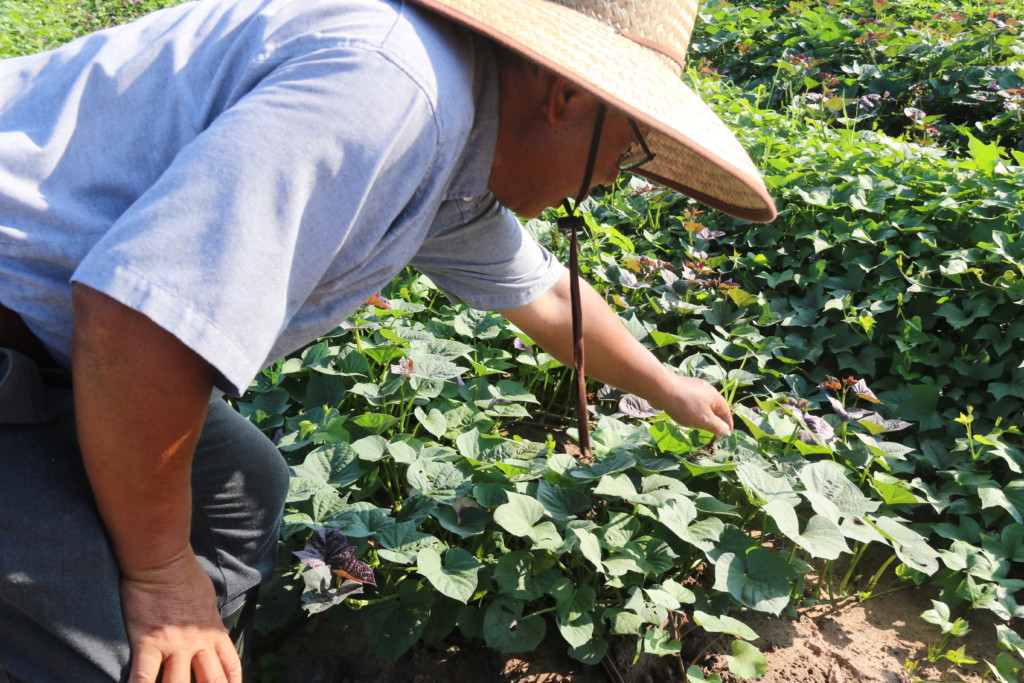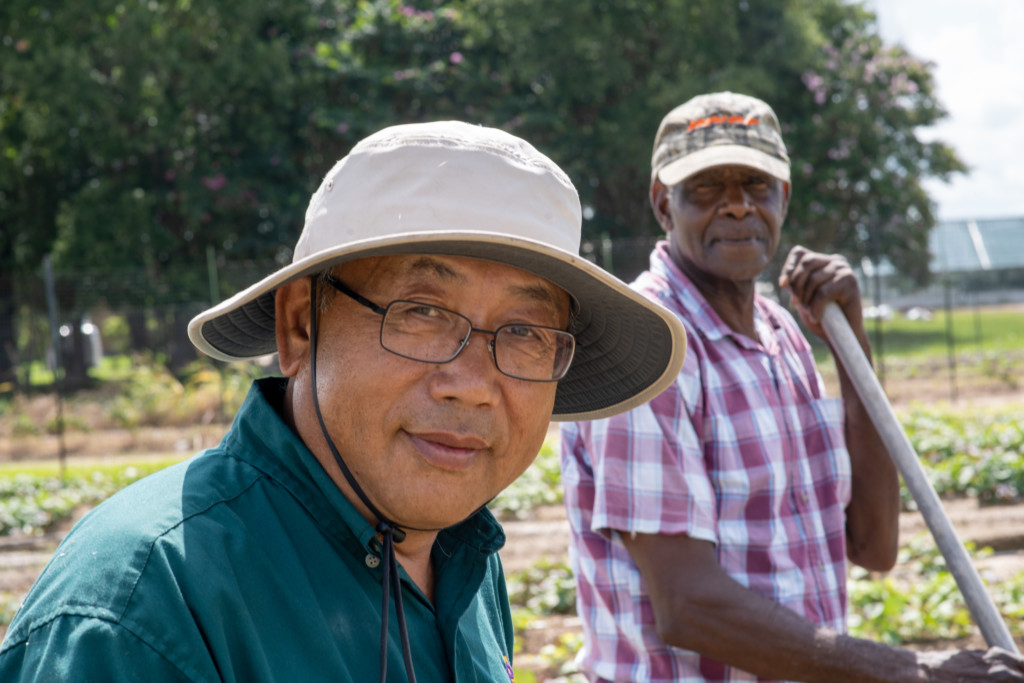PRAIRIE VIEW, Texas (September 21, 2021) – Although the future is looking pretty sweet for the sweet potato market, Texas has been at the back of the line when it comes to market share of the amazingly nutritious veggie – that is, until Ming Gao, Ph.D., stepped in with a solution.
A senior research scientist in Prairie View A&M University’s College of Agriculture and Human Sciences, Gao has devoted his academic life to making sweet potatoes healthier and more accessible. His research team recently earned a $300,000 grant from the USDA-National Institute of Food and Agriculture to develop a “PV Purple” variant of the purple sweet potato.
What’s so sweet about sweet potatoes?
In case you haven’t heard, sweet potatoes are THE next big thing in vegetable nutrition.
“Some nutritionists consider [sweet potatoes] as the semi-perfect food,” Gao said. “They contain abundant vitamins—beta-carotene, Vitamin B1 and C and one of the few non-fat sources of Vitamin E as well as antioxidant micronutrients, minerals and dietary fibers.”
And health-conscious Americans have taken notice—from 2000 to 2017, the annual per-capita sweet potato consumption nearly doubled, from 4.2 to 8 pounds per person. So, what’s good for veggie consumers should be good for farmers, right? Well, that’s true for many states but not so much in Texas.
During that same 18-year period, Texas dropped from the third to the fifth-largest sweet potato growing state with less than one percent of total national output. Gao said several factors led to the decline—lack of sizable publicly-supported breeding programs to improve sweet-potato varieties and a lack of adequate industrial facilities for large-scale postharvest processing. However, a nearly apocalyptic weevil (a type of beetle) infestation has been the main villain over the last several years.
Purple to the rescue
While weevil infestations and other factors devastated the traditional orange sweet potato harvest, Gao started thinking about ways to develop more weevil-resistant crops and promote the production of a more manageable type of sweet potato that can be used in dry-food applications like flours.
“To make the sweet potato an economically more valuable crop in Texas, it is crucial to develop varieties with improved weevil resistance and qualities better suited for processing into shelf-stable ingredient forms for wider and larger food-industry uses,” Gao said. It was only fitting the solution would be PVAMU purple.
Towards that end, Gao and his team have been working since 2013 on breeding improved purple sweet potato variants, successfully producing three new plant lines. Although the new lines have shown improved weevil resistance, further research is continuing to improve the texture.
All about anthocyanin
A pigment known as anthocyanin gives Gao’s sweet potatoes their purplish hue. “The purple-fleshed ones are especially beneficial to our health, owing to their high contents of anthocyanin,” Gao added. An antioxidant, anthocyanin is also responsible for similar colors in blueberries, red grapes and red cabbage. Studies have found eating foods rich in anthocyanin may provide some protection from cardiovascular disease.
“The high content of anthocyanin further augments the nutrition value of the purple-flesh sweet potatoes and has attracted more interests by consumers, hence more research and development efforts in recent years,” Gao noted in his funding proposal to the USDA.
Think purple, act locally
As Gao’s project moves into the first stages of field trials this year, he plans to use the project to educate Houston-area farmers about the advantages of purple sweet potatoes as a hardy, viable and lucrative crop.
He hopes to see the project stimulate new food-processing plants in the local region and provide better tools for breeders interested in purple sweet potato cultivation.
“The new purple sweet-potato variety could be projected to promote increased dietary and industrial consumption of sweet potatoes and consequently increase the economic value of the sweet potato to growers, particularly to the limited-resource farmers in Texas,” Gao said.
By Jason Reagan
-PVAMU-

